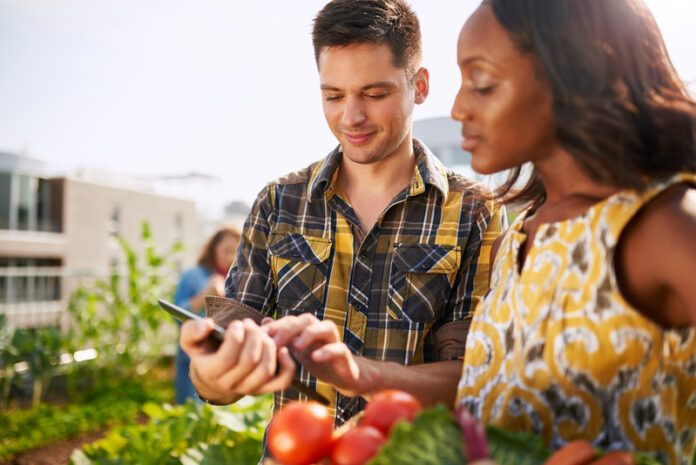
The way people purchase and consume food is changing due to the development of e-commerce. Growing consumer preferences and technological advancements are leading this transformation. The most important trends in e-commerce food focus on convenience, health and sustainability.
The e-commerce food trends are changing the cuisine industry. They establish fresh levels for customer demands and business activities.
Fast Shipping and Deliveries
Consumers now expect fast shipping and deliveries for their online cuisine purchases. Speedy delivery is crucial, especially for occasion-based items like champagne or birthday cakes. Many people want their favourite snacks as soon as possible. Services like Uber Eats, Deliveroo and Instacart have raised the bar for delivery expectations.
Many websites have a shipping policy of 24-48 hours. Individuals can visit www.sweetalyfood.com, a perfect example of fast and reliable deliveries. This trend is vital for food producers to meet customer demands and ensure a positive shopping experience.
Cross-Selling
Cross-selling is a common part of e-commerce food trends that boosts sales by suggesting related products. In the food e-commerce industry, this can be especially effective. Brands can recommend companion items like mixers for spirits or snacks with drinks.
Prompts like “people also purchased” or “shoppers are interested in” can increase the value of each transaction. Cross-selling helps maximise sales and offers customers a more comprehensive shopping experience. It’s a simple yet powerful way to enhance revenue and customer satisfaction.
Transparency
Consumers are more conscious than ever about the impact of their purchases. They want to know that cuisine brands are ethical in their operations. This includes providing a full list of ingredients and information on their sources.
Ethical selling also means allowing customer reviews on product pages. Transparency helps shoppers make informed decisions. With 93% of consumers saying online reviews influence their purchases, this trend is crucial for building trust and loyalty.
Personalisation
Personalised e-commerce shopping experiences are increasingly popular in food e-commerce. Product recommendations can enhance the customer journey in the sector. Research shows that 80% of consumers prefer buying from brands offering personalised experiences.
This can include tailored product suggestions and personalised cart abandonment emails. Such strategies can reduce lost revenue and encourage customers to complete their purchases. Personalisation helps create a memorable and engaging shopping experience.
Subscription Products
Subscription products, such as meal kits and curated food boxes, are becoming a major trend in the food and beverage industry. They offer convenience and reliability for consumers looking to restock their pantries. Enrollment in subscription programs surged by 48% in 2020, with a significant increase in the cuisine category.
This trend reflects a change in consumer behaviour toward seeking safe and consistent cuisine options. Food brands can capitalise on this by offering innovative and appealing subscription services.
Conclusion
These five e-commerce food trends shape the future of e-commerce in the cuisine industry. Businesses that embrace these trends can better meet customer expectations, build trust, and enhance sales. As the market evolves, staying ahead of these trends will be crucial for success in 2024 and beyond.
Find a Home-Based Business to Start-Up >>> Hundreds of Business Listings.














































